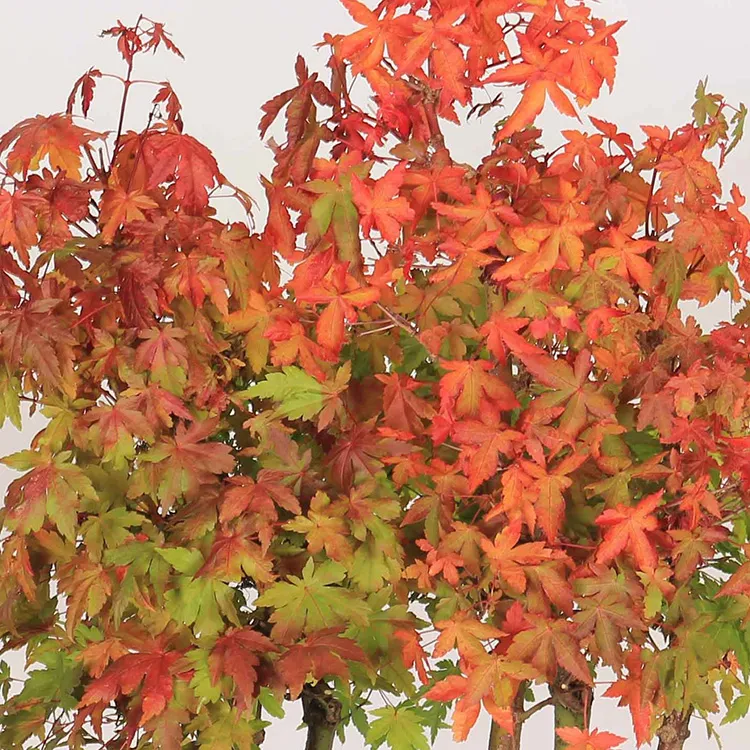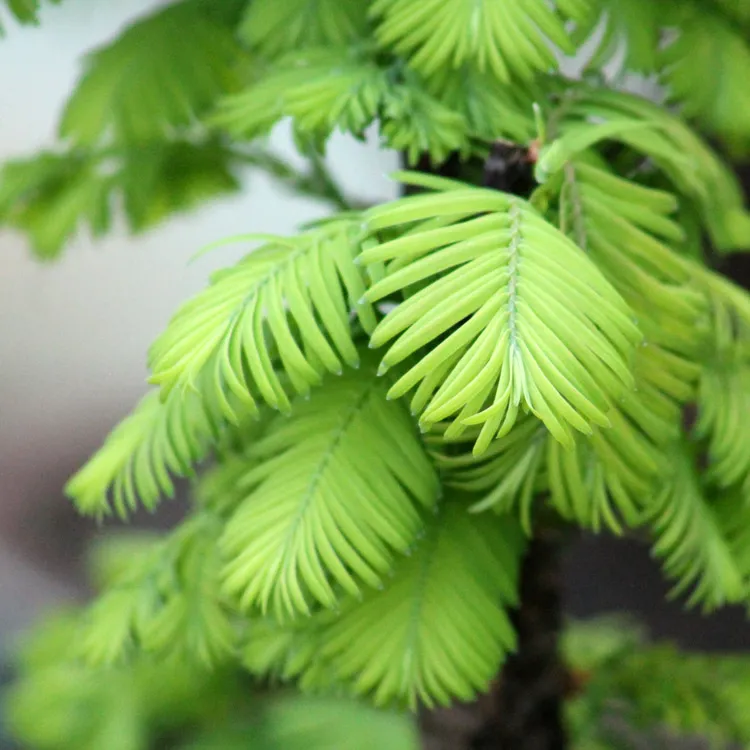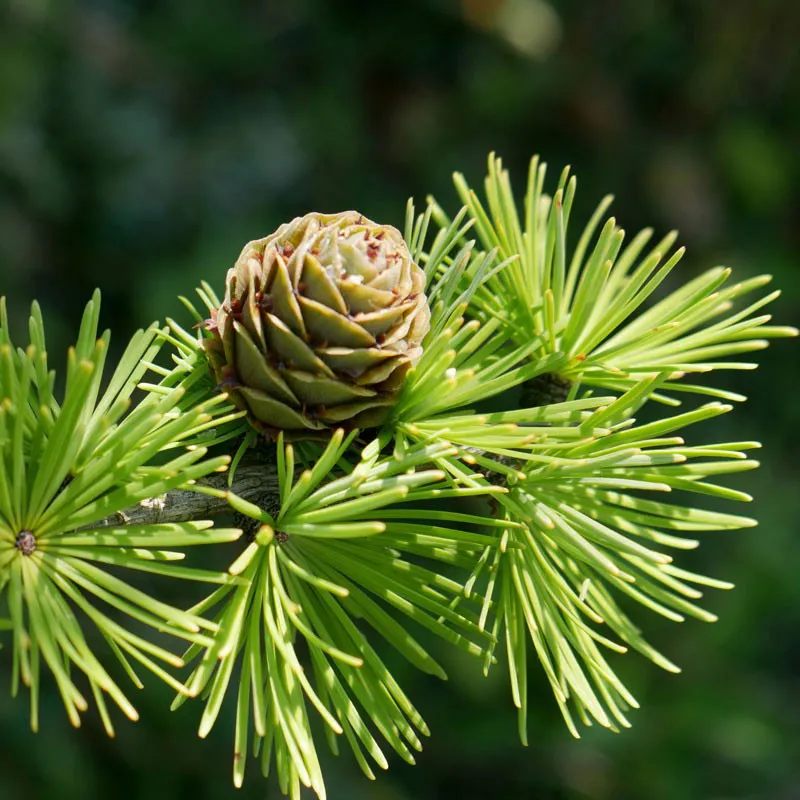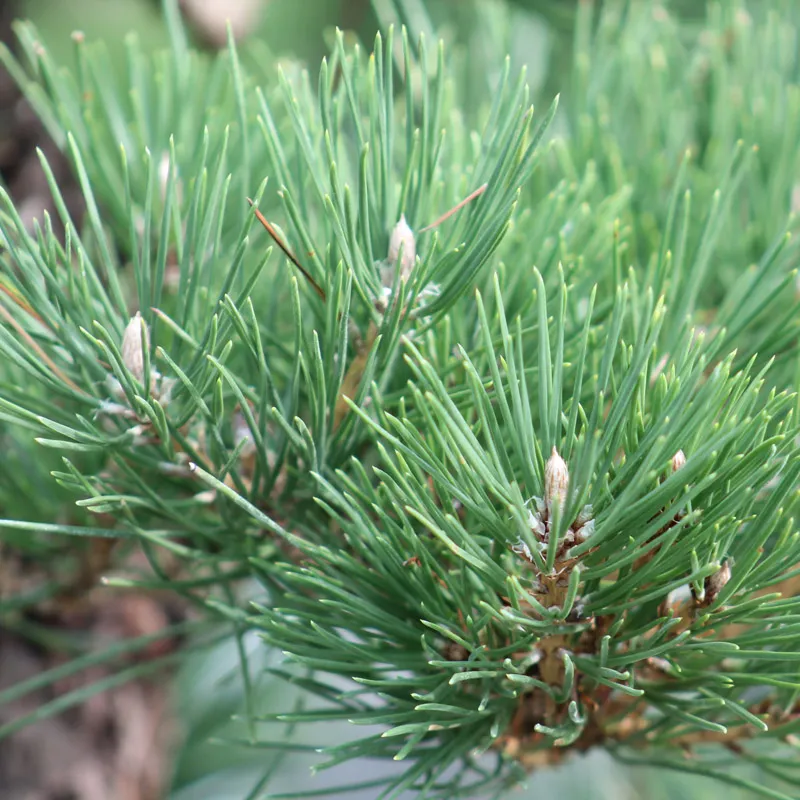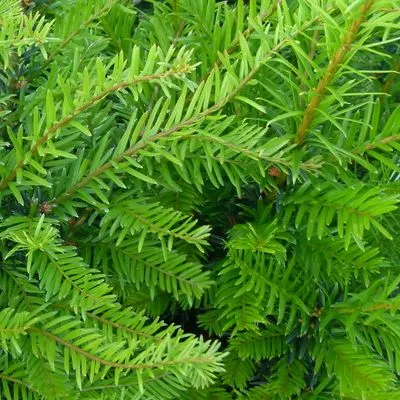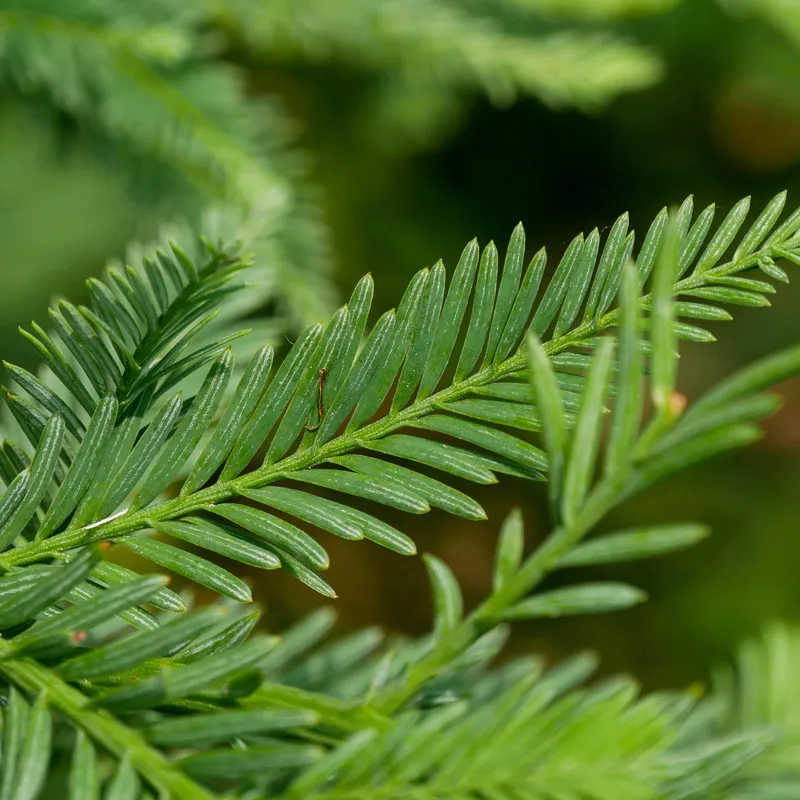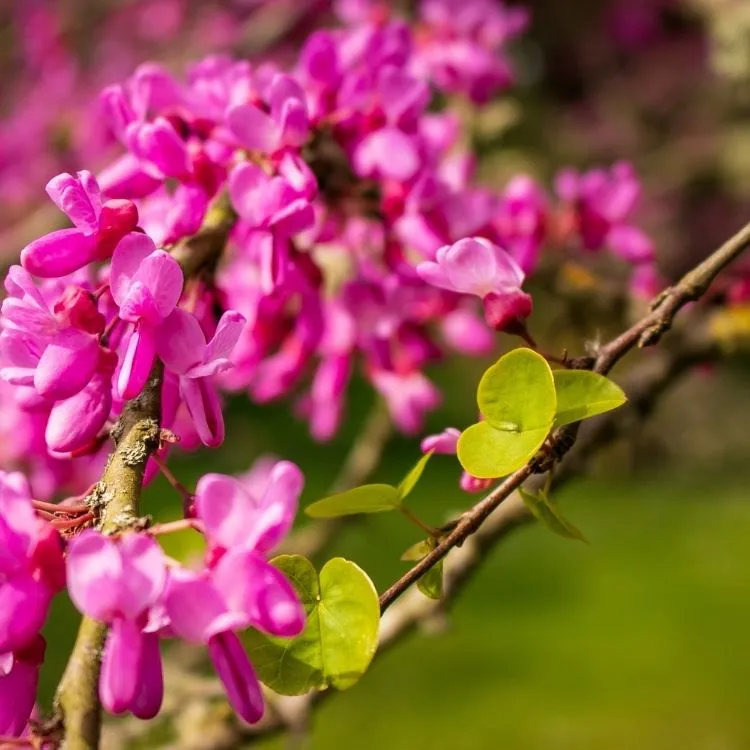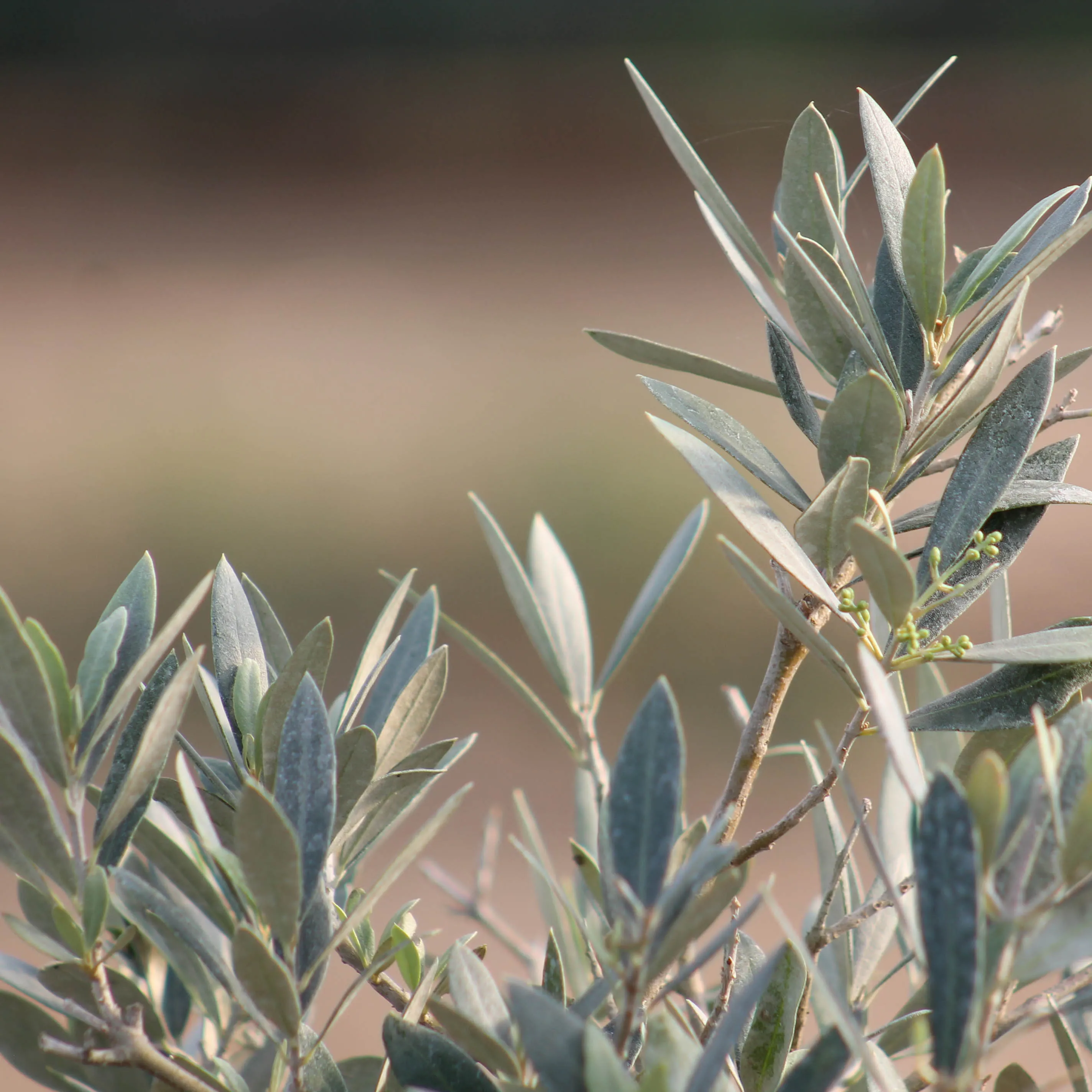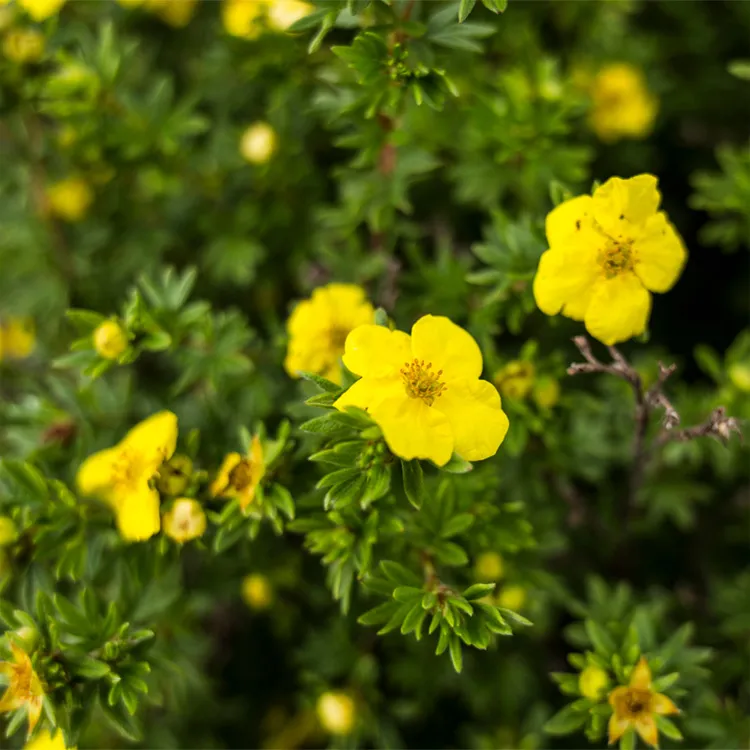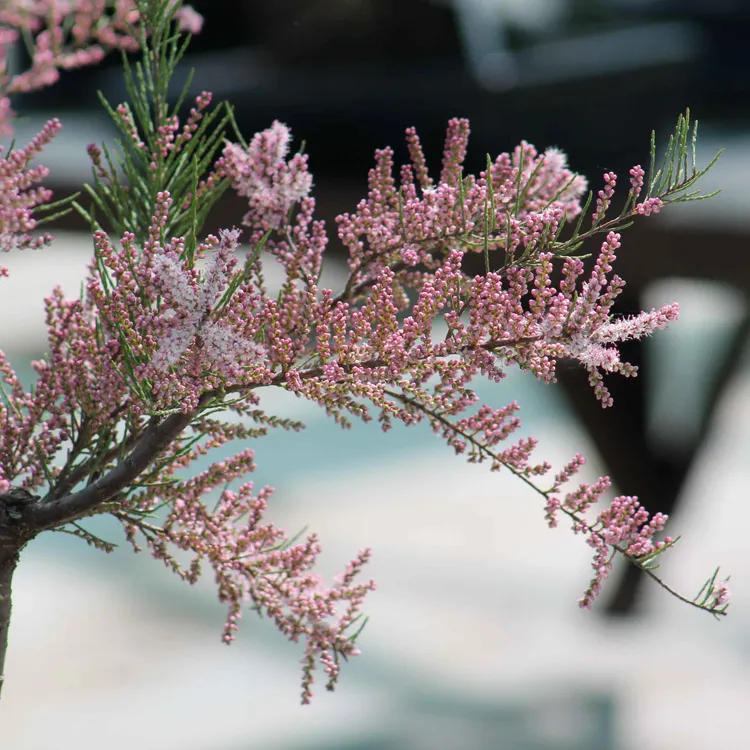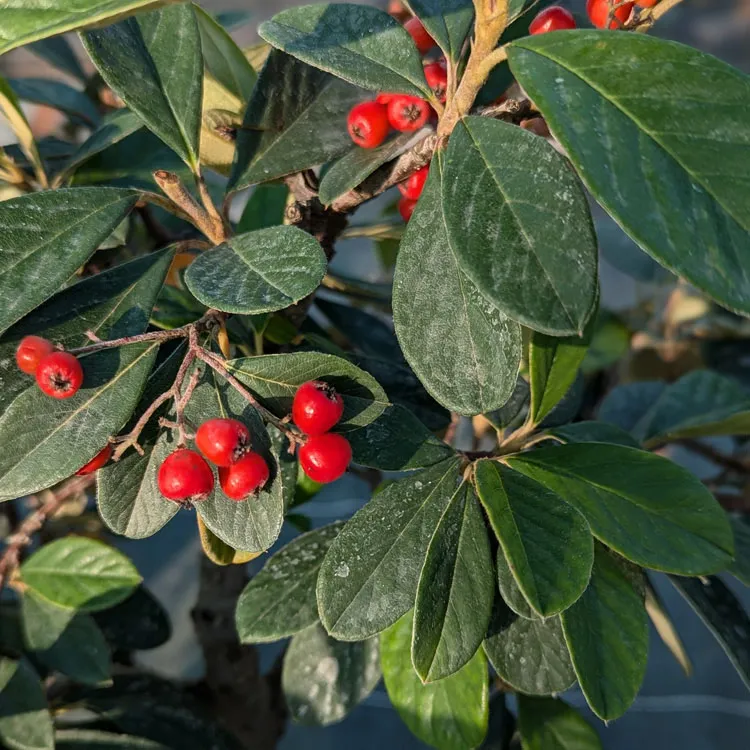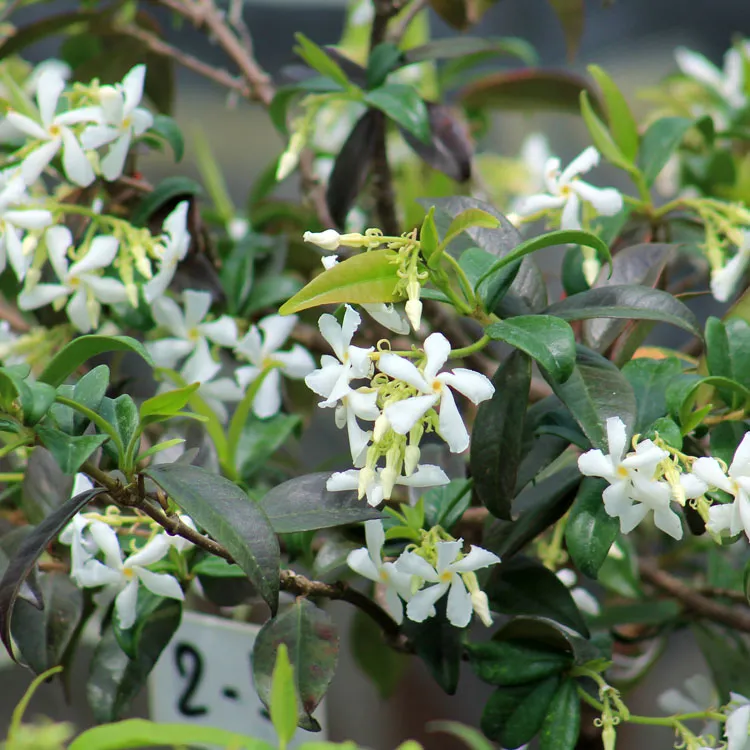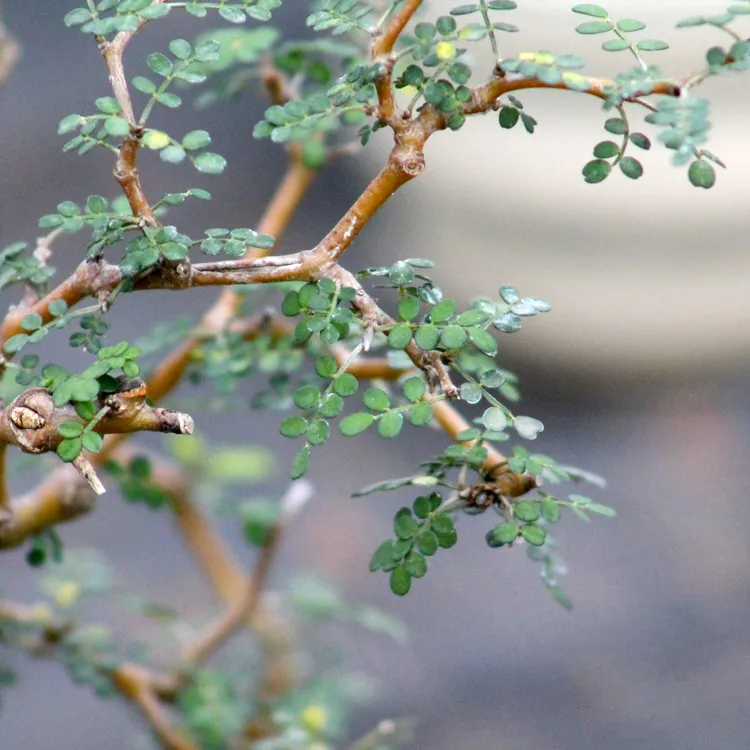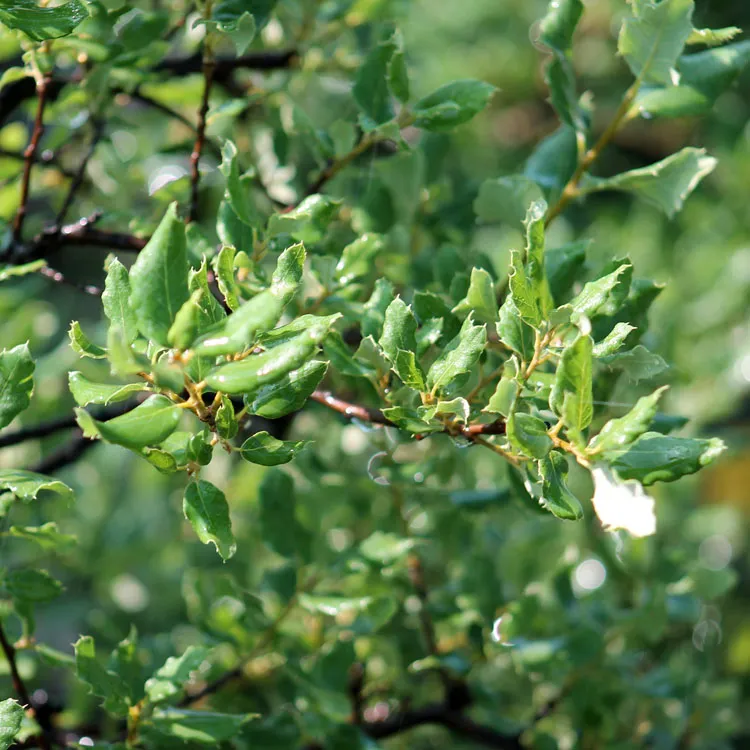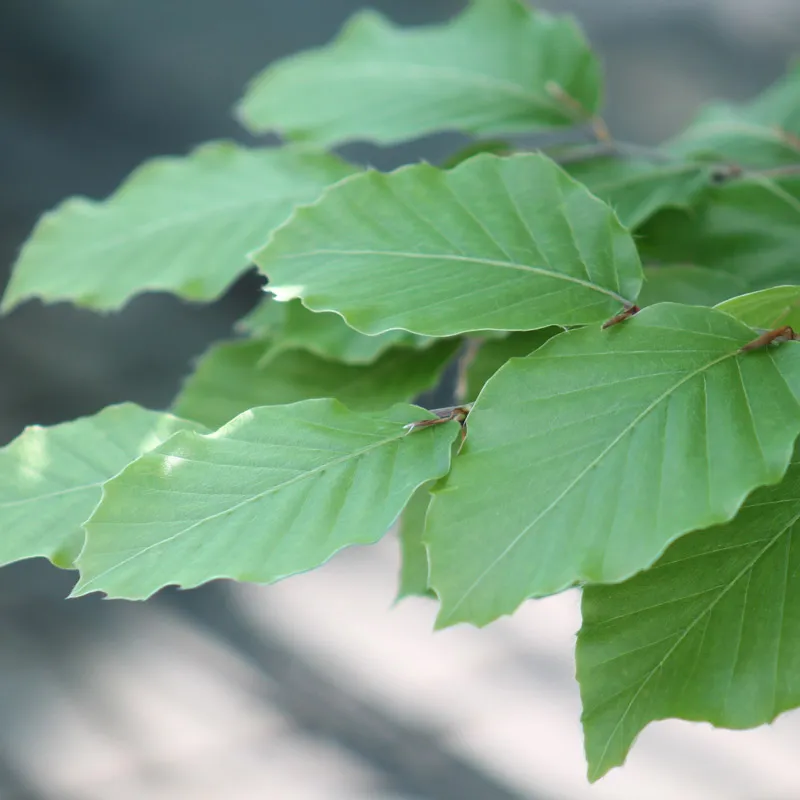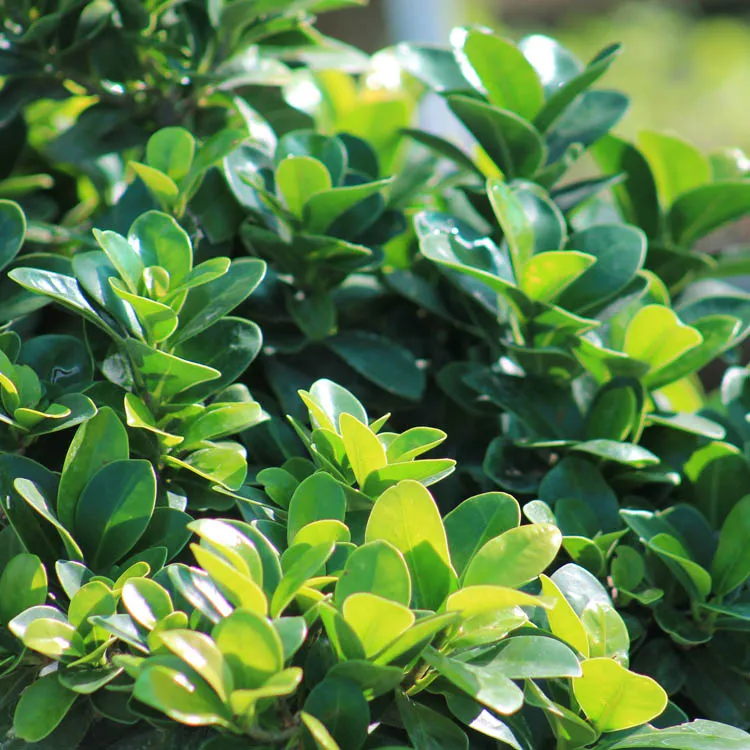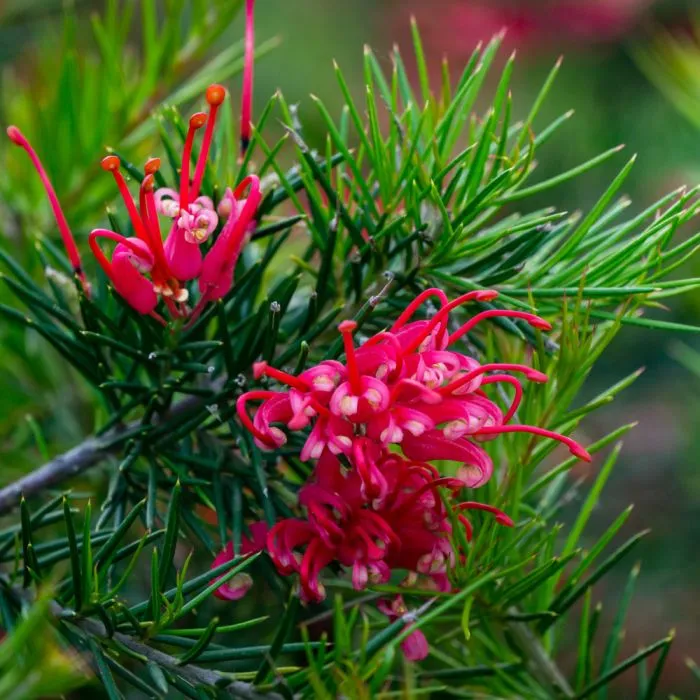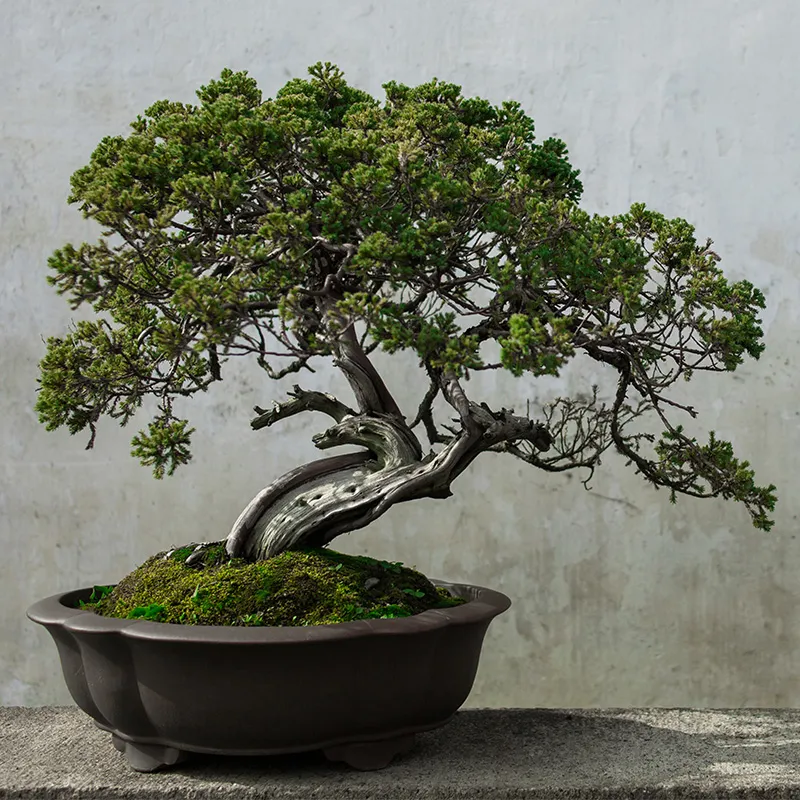What should I do with my bonsai in January ?
.jpg)
It's a cold winter this year, so look after your bonsai!
Unlike last year, January saw sub-zero temperatures in many regions, including our nursery in the Lot-et-Garonne. This cold weather means you need to be particularly vigilant to protect your bonsai and ensure they flourish to their full potential.
Outdoor trees need cold, especially those we have grown accustomed to and which need no special protection.
However, some varieties do require attention in the event of frost, such as loropetalums, camellias, eugenias, small rosemary trees, olive trees and dwarf palms.
Beware also of buerger maples, micocoulier celtis and myrtles, which should be protected when temperatures fall below -5° and do not thaw during the day.
On the other hand, species such as ficus and zamias should not be exposed to the cold and should be placed indoors or in a greenhouse at temperatures of between 8 and 20°C.
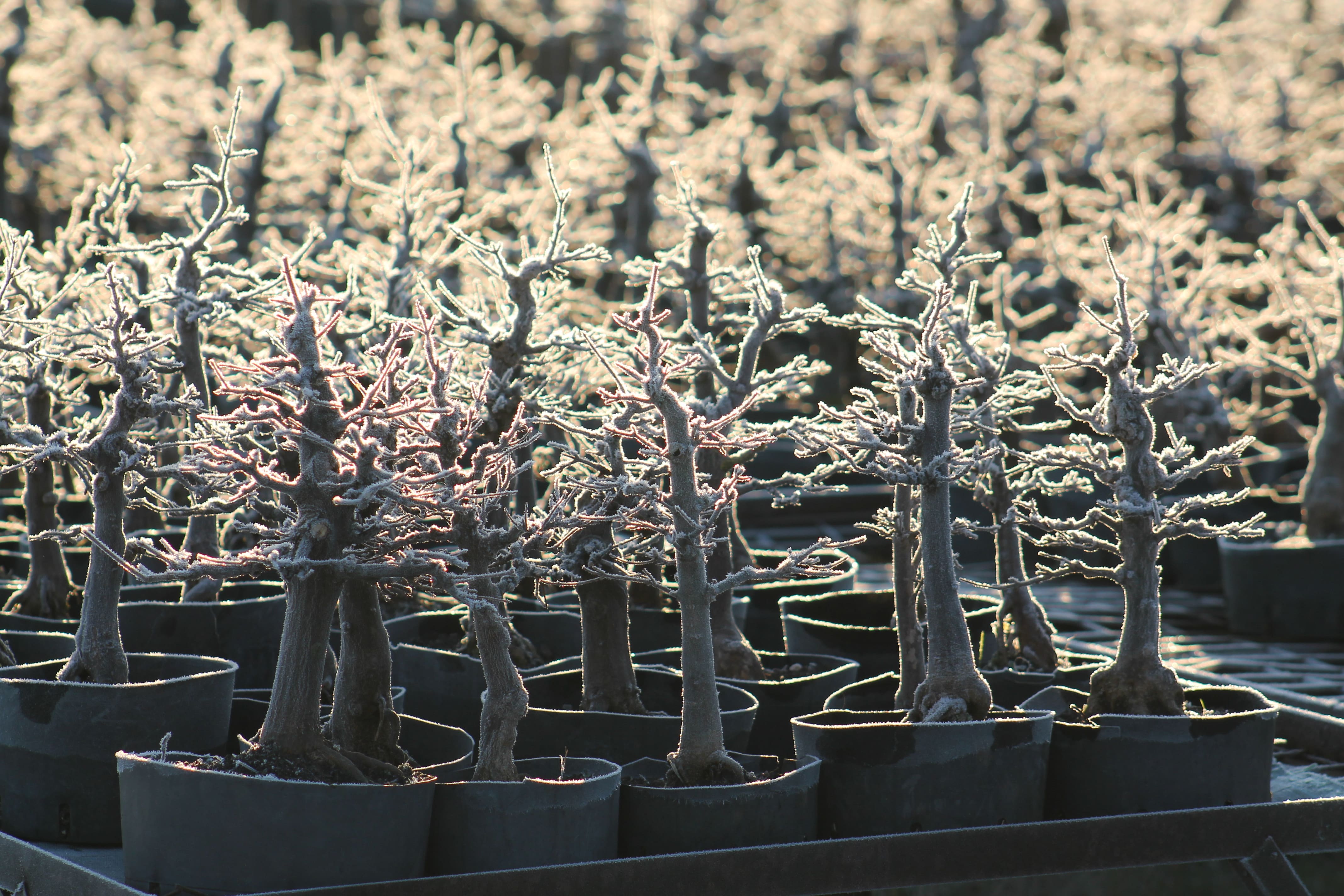
Protection against the cold
In winter, frost can be intense and prolonged. To protect your bonsai, here are a few things you can do:
- Mulching: Add a layer of mulch to the substrate to insulate the roots.
- Overwintering: If temperatures drop significantly, place your bonsai in a cold greenhouse, under shelter or against a south-facing wall.
- Protecting pots: Wrap pots in bubble wrap, winter fleece, glass wool or hessian to prevent the roots from freezing.
- Above all, never put them indoors!
Don't hesitate to consult our article "How to protect your bonsai in winter".
Tree watching
Take advantage of the winter period to examine your trees in detail. With little or no foliage, it's the ideal time to analyse the structure. Take a close look at the branches to spot any crossing branches, overgrown areas or superfluous shoots, and plan any future work, such as pruning or tying.
This is also a good time to check for diseases and pests, such as mealy bugs and fungi. Carefully inspect the trunk, branches and visible roots for suspicious signs such as abnormal bark, discolouration or traces of sap. If necessary, apply a preventive treatment before spring returns.
Finally, don't overprotect your bonsai: the winter cold naturally helps to eliminate parasites and mites. However, be sure to offer minimal protection in the event of excessive frost to avoid damaging the most sensitive plants.
Winter: a flourishing season for certain varieties
Some plants make the most of winter:
- Winter camellias, which are starting to offer us their first flowers
- Nandinas (sacred bamboos), blazing red, light up the winter landscape.
- Japanese quince trees, with their timid flower buds, already herald spring.
Discover our Camellias, Nandinas, Quince trees
Get your bonsai ready in January!
Choosing the right pot for repotting
The months from February to April are ideal for repotting your bonsai. Wait for the signs of vegetative growth: buds swelling for deciduous trees and candles lengthening for conifers.
Take advantage of winter to select THE PERFECT POT! We offer a wide range of pottery on our website and even more choice directly in our shop at the nursery.
The importance of proper watering
In winter, watering should be spaced out and carried out with care:
- Avoid watering in frosty weather, but be careful as temperatures rise, as frost tends to dry out the root ball.
- Water in the morning or in the middle of the day when temperatures are positive.
- Make sure the entire root ball is well moistened, as moisture on the surface can mask a dry substrate deep down.
If you grow tropical bonsai such as ficus, January is a period when the interior is often dry because of the heating. Here are a few tips:
- Maintain a high level of humidity with a tray filled with water and pebbles under the pots.
- Place your trees near a well-lit window, but away from cold draughts.
For more information on watering, read this blog post
When should I apply fertiliser?
Fertiliser should be applied only when the tree is significantly more active. Why should you do this? Because if you fertilise too early :
- Deciduous trees will produce long shoots with stretched internodes.
- Conifers will develop large candles and needles.
For pre-Bonsai or if you want to thicken the trunk, these rules are less strict. Read our article on the Clip and Grow technique to find out more: The Clip and Grow technique.
Winter work: pruning and carving
Winter is an excellent time to work on your hardwood trees: maples, hornbeams, oaks, etc. It's the ideal time to :
- Prune: shape them by removing unnecessary branches.
- Ligating: orientate the branches to guide their growth.
- Carving dead wood: to give character to your bonsai, tell a story and create a style that reflects your vision.
.jpg)
1. Specific work for each type of tree
- Deciduous trees: Remove misplaced or dead branches to clarify the silhouette.
- Conifers: Ligate if necessary, as branches are more flexible in winter. Avoid cutting back too much so as not to weaken the tree.
- Tropical and subtropical: These species do not tolerate frost. Keep them indoors or in a heated greenhouse with a minimum temperature of 10°C.
Creating a bonsai is a living work of art. Unlike a painter or sculptor who can freely shape their creation, the bonsaika must work with the nature of the tree. Pruning and tying are the tools used to guide growth, while respecting the identity of each tree.
Don't hesitate to follow our work on the social networks Facebook & Instagram.
If you have any doubts, questions or problems, don't hesitate to visit us at the nursery, we'll be happy to advise you. Make an appointment by e-mail or telephone!
Conclusion
In January, the cold weather calls for special care for your bonsai trees. Protect them from frost, prepare the material for repotting, and take advantage of winter to prune and sculpt your trees. With this advice, your little ones will get through the winter with peace of mind, ready to blossom in the spring.


 Production of French Bonsai
Production of French Bonsai


